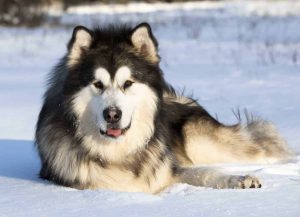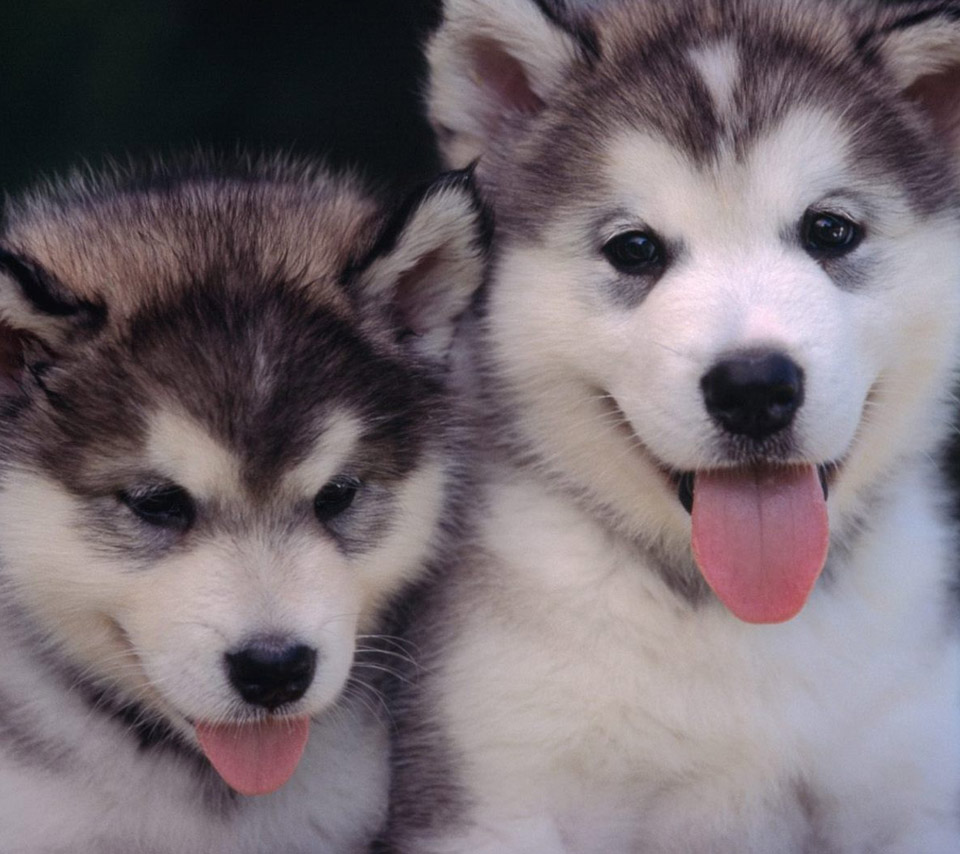Facts about Alaskan Malamute Dogs
The Alaskan Malamute is a large and powerful Arctic sled dog known for its strength, endurance, and affectionate nature. Here’s an overview of the breed:
Appearance
Alaskan Malamutes are strong and sturdy dogs with a well-muscled build. They typically weigh between 75 to 100 pounds (34 to 45 kg) and stand around 23 to 25 inches (58 to 64 cm) tall at the shoulder.
They have a distinctive wolf-like appearance with a broad head, erect ears, and a dense double coat that provides insulation in cold climates. Their coat comes in various colors, including shades of gray, black, sable, and red, often with white markings on the face, chest, belly, and legs.
Alaskan Malamutes have a plumed tail that curls over their back and a strong, steady gait that reflects their endurance and stamina.
Temperament
Alaskan Malamutes are known for their friendly, outgoing, and playful temperament. They are affectionate and loyal companions that thrive on human interaction and companionship.
While they are generally good-natured and gentle, Alaskan Malamutes are also independent and strong-willed. They have a natural instinct to roam and explore, so proper training and supervision are essential.
Alaskan Malamutes are intelligent dogs but can be stubborn at times, so consistent and patient training is necessary to establish boundaries and reinforce desired behaviors.

History
- Origins: The Alaskan Malamute is one of the oldest Arctic sled dog breeds, with roots tracing back thousands of years to the native Mahlemut tribe of Alaska. These indigenous people relied on sled dogs for transportation, hunting, and survival in the unforgiving Arctic landscape.
- Native Heritage: The Alaskan Malamute was named after the Mahlemut tribe, who inhabited the Kotzebue Sound area of northwestern Alaska. The Mahlemut people selectively bred these dogs for their strength, endurance, and ability to pull heavy sleds over long distances.
- Working Dogs: Alaskan Malamutes played a crucial role in the lives of the native Inuit people, serving as loyal companions, hunting partners, and sled dogs. They were highly valued for their strength, reliability, and adaptability to extreme weather conditions.
- Gold Rush Era: During the Alaskan gold rush of the late 19th and early 20th centuries, Alaskan Malamutes gained widespread recognition for their prowess as sled dogs. They were used to transport supplies, equipment, and prospectors across vast distances of frozen terrain.
- Expeditions and Exploration: Alaskan Malamutes were also utilized in numerous expeditions and exploration missions to the Arctic and Antarctic regions. Their ability to navigate treacherous ice and snow made them indispensable companions for explorers and adventurers.
- Recognition as a Breed: The Alaskan Malamute was officially recognized as a breed by the American Kennel Club (AKC) in 1935. The breed standard was established to preserve the unique characteristics and working abilities of the Alaskan Malamute, including its strength, endurance, and gentle temperament.
Care
Alaskan Malamutes have moderate grooming needs due to their thick double coat. Regular brushing is recommended to remove loose hair and prevent mats and tangles, especially during shedding seasons.
They are an active breed that requires regular exercise to stay mentally and physically stimulated. Daily walks, runs, hikes, and interactive play sessions are essential to keep them happy and healthy.
Alaskan Malamutes are generally healthy dogs, but they may be prone to certain health issues, including hip dysplasia, elbow dysplasia, and eye problems.
Regular veterinary check-ups and a balanced diet are essential for maintaining their overall well-being.

Overall, the Alaskan Malamute is a majestic and loyal companion known for its strength, endurance, and affectionate nature. With proper care, training, and socialization, they make wonderful family pets and excel in various canine activities such as sledding, carting, and obedience competitions.
More posts you might be interested in:

